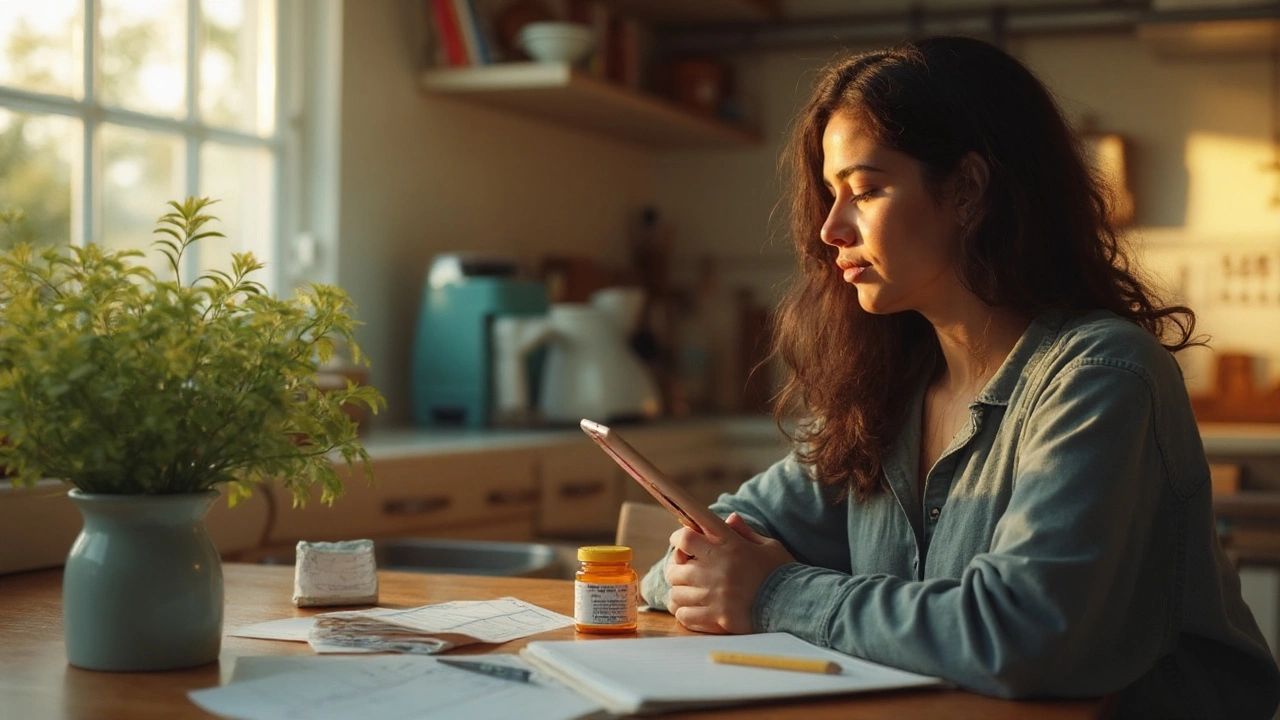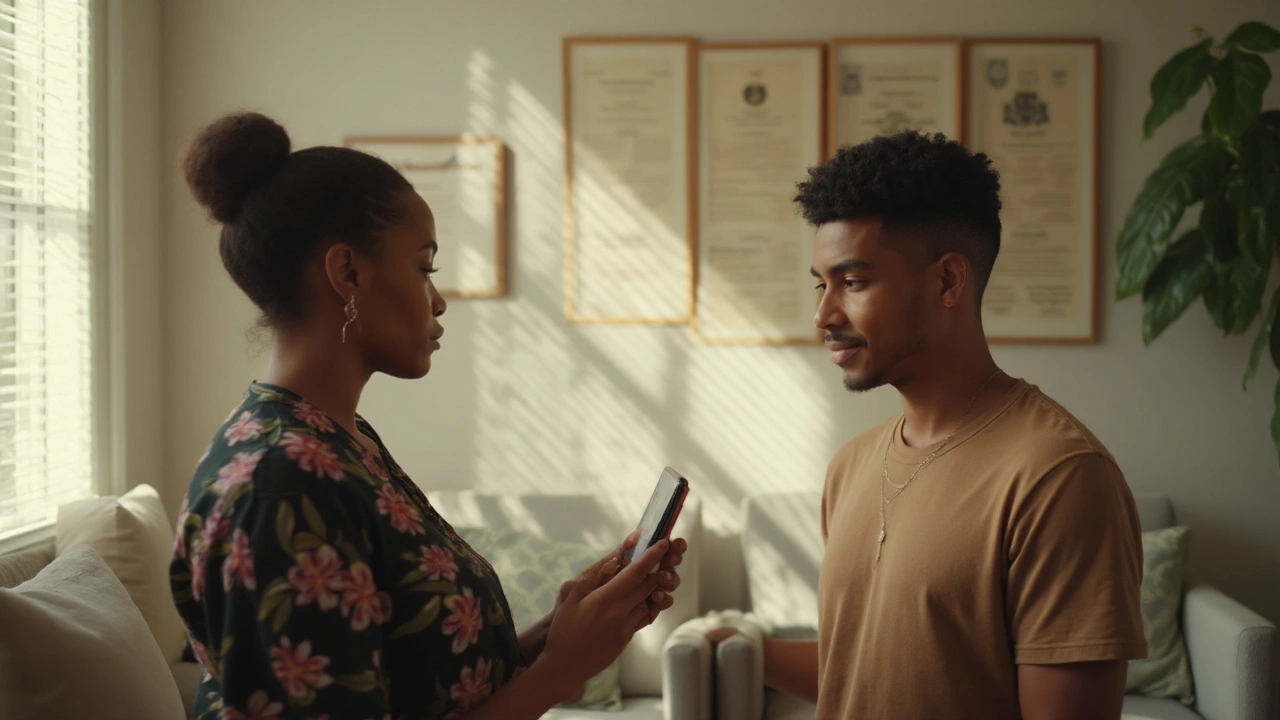Mental Health Help for Kids and Parents
When your child struggles with thoughts, feelings, or behavior, the right info can make a big difference. This page gathers the most useful guides we have on two hot topics: using technology for OCD recovery and staying safe with the antidepressant amitriptyline. Both pieces are built on the latest evidence, so you can trust what you read.
Tech Tools for OCD Treatment
OCD can feel like a never‑ending loop of worry. In 2025, a handful of apps and gadgets actually help break that cycle. The guide "How Technology Supports OCD Treatment and Recovery" walks you through apps that pair with exposure‑response prevention (ERP), teletherapy platforms that keep sessions private, and even virtual‑reality programs that simulate feared situations safely.
Start by picking a therapist‑recommended app. Look for features like real‑time progress tracking and secure messaging. Set short, daily practice windows—five minutes of exposure work is often enough to build momentum without overwhelming your child.
Wearable devices can also flag stress spikes. When a heart‑rate monitor notices a jump, a gentle reminder to use a coping skill appears on the screen. This instant feedback helps kids learn to calm themselves before anxiety spirals.
Privacy matters. Choose tools that encrypt data and let you control who sees the information. The guide lists the top three platforms that meet these standards, so you don’t have to research each one from scratch.
Safe Use of Amitriptyline
Amitriptyline is an older antidepressant sometimes prescribed for chronic pain or migraine in kids. While it can be helpful, there’s a real risk of suicidal thoughts, especially when treatment starts or the dose changes. Our article "Amitriptyline and Suicidal Thoughts: Risks, Signs, and What to Do" breaks down exactly what to watch for.
First, keep a daily log of mood, sleep, and any new thoughts of self‑harm. Share the log with your child's doctor at every visit. Common warning signs include sudden gloom, loss of interest in favorite activities, or talking about death in a new way.
If you notice any of these signs, act fast: call your pediatrician, go to the emergency department, or reach out to a crisis line. The guide also explains how to taper the medication safely if a doctor decides to stop it.
Remember, no medication works alone. Pair amitriptyline with therapy, healthy sleep habits, and regular physical activity. This combo reduces side effects and gives your child more tools to stay steady.
Both of these resources are part of our broader mental‑health library. Browse the list to find articles on anxiety, depression, ADHD, and more. Each piece is written for parents, teachers, and anyone who cares about a child's emotional well‑being.
Feel free to print the guides, use the checklists with your family, or discuss them with your child's clinician. The right information, used at the right time, can turn a scary situation into a manageable one.




